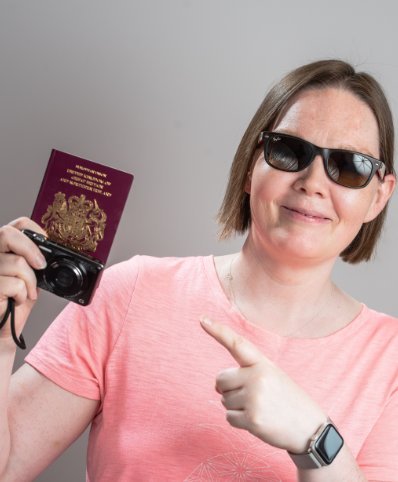9 Crown Row, Bracknell, Berkshire, RG12 0TH




Marketing & Operations Manager
Helen is Nick’s sister and she successfully set up and established our Lettings Department back in 2013. Having spent much of her career prior to DY working in marketing, Helen now heads up our Marketing & Operations department. This suits her organisational skills, creativity and keen eye for detail perfectly! She loves taking long walks with her Labrador Finn and when time permits, travelling and visiting new places around the globe.
Top of my bucket list is…
To visit more new countries and ultimately, travel round Europe in a camper van.
My guilty pleasure…
Ben & Jerry’s cookie dough ice cream – I’ve got a very sweet tooth, for my sins.
When I was younger, I wanted to be…
Less shy.
If I were a superhero, my superpower would be…
To find a cure for cancer and dementia. Here’s hoping.
On Sunday morning, you can usually find me…
Up bright and early for a dog walk!
You might be surprised to know that…
One of my earliest qualifications as a teenager was as a Clarks trained shoe fitter. Ohh, all those back to school shoes!
20 Feb 2018
Subsidence is the movement of your home’s structural fabric. Most houses have their load bearing walls built on strips of concrete foundations. Known as strip foundations, they are poured into trenches and are laid on undisturbed subsoil. Once set, the walls and any external brick skin are laid onto the strip foundation and the trench is then backfilled. Sometimes, when ground conditions demand, reinforced concrete slabs or ‘rafts’ are laid and the house effectively ‘floats’ on this raft.
Subsidence occurs when the house and its foundations are somehow undermined. In some cases, older properties were built onto the subsoil, without any concrete foundation. Over time, ground conditions might vary, causing subsidence or ground heave to present itself. The most likely causes of subsidence include;
Cracks from subsidence can appear and spread rapidly compared to regular cracks. They usually Present both inside and outside the property and may look narrower at one end. They usually run diagonally across the wall and can be found around doors and windows.
If you suspect a home might be suffering from subsidence, consider commissioning a building survey. If your building insurance covers subsidence, consider making a claim through your insurer. However, once a property has been the subject of a claim, it’s worth noting that future insurance premiums are likely to be affected.
Subsidence and the causes of it can usually be rectified fairly easily, with underpinning being the most usual remedy. This involves laying a more substantial foundation of concrete under the affected area. This can be expensive, but in many cases your house building insurance will cover it, perhaps subject to an excess payment of say £1,000.
Where a property has previously suffered from subsidence its marketability and value may be adversely affected. Furthermore, hiding the fact from potential purchasers if they ask will almost certainly be a serious matter resulting in contractual penalties.
Get in touch